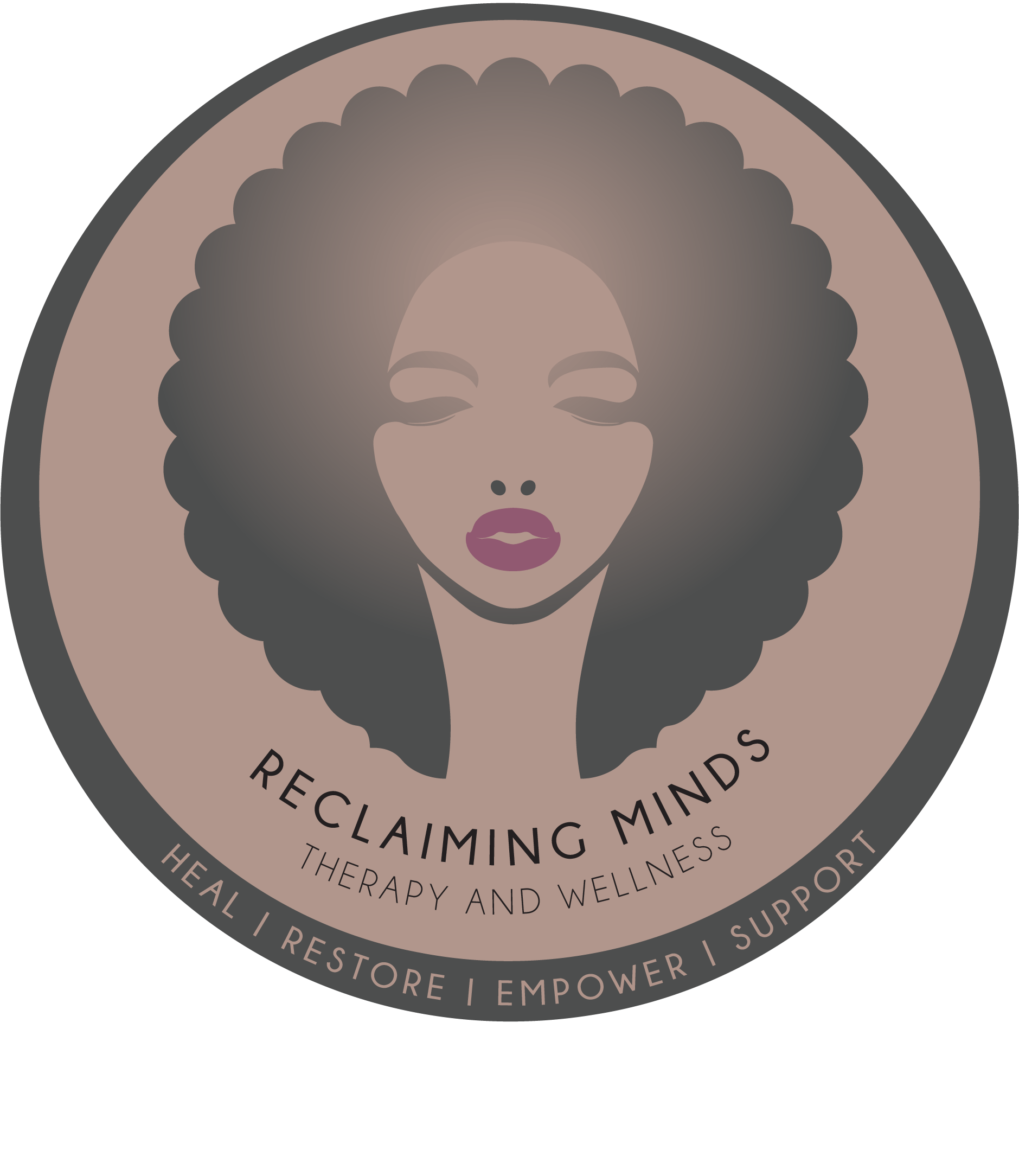As we step into the final month of the year, it’s natural to reflect on all that has happened with both the challenges and the triumphs. For many, this process can feel overwhelming, especially when life’s difficulties seem to overshadow the good. But there is a powerful tool that can shift our focus and provide a sense of peace: gratitude.
Gratitude is more than simply saying “thank you.” It’s a practice of intentionally noticing and appreciating the positive aspects of your life, no matter how small they may seem. Research shows that cultivating gratitude can improve mental health, enhance relationships, and even boost physical well-being. For BIPOC women, who often navigate unique layers of systemic challenges and personal resilience, practicing gratitude can serve as a radical act of self-care and empowerment.
Why Gratitude Matters for Mental Health
Gratitude has profound psychological benefits. Studies have found that individuals who regularly practice gratitude experience:
-
-
- Reduced stress and anxiety: Focusing on the positive helps calm the mind and diminish feelings of overwhelm
- Improved mood: Gratitude encourages the release of dopamine and serotonin, brain chemicals associated with happiness.
- Greater resilience: A gratitude practice fosters a mindset of abundance, helping you navigate life’s challenges with more strength and clarity.
-
- For BIPOC women, gratitude can also act as a tool for healing generational and racial trauma. By reclaiming joy and focusing on what uplifts you, gratitude allows you to resist narratives that diminish your value and instead celebrate your worth.
Creating a Gratitude Jar: A Simple and Powerful Tool
One accessible way to embrace gratitude is by creating a gratitude jar. This practice not only encourages daily reflection but also provides a tangible reminder of the good moments in your life.
How to Create a Gratitude Jar
1. Choose a jar or container. You can use a mason jar, a box, or any container you have on hand. Decorate it if you’d like, it’s your personal space for joy.
2. Prepare slips of paper. Cut small pieces of paper or sticky notes to write on.
3. Start reflecting. Each day, write down one thing you’re grateful for. It could be a kind
word from a friend, a moment of laughter, or even a delicious meal.
4. Revisit your jar. At the end of the month or whenever you need a boost read through
your notes. Reflect on the abundance of good in your life.
Tips for Building a Gratitude Practice
Gratitude doesn’t require perfection or large, sweeping gestures. It’s about consistency and finding joy in the small moments. Here are some tips to build a sustainable gratitude practice:
1. Start small. If writing every day feels daunting, try reflecting on one thing you’re grateful for each week.
2. Be specific. Instead of saying, “I’m grateful for my family,” try, “I’m grateful for the laughter I shared with my sister today.” Specificity makes gratitude more meaningful.
3. Tie it to a routine. Pair your gratitude practice with an existing habit, like journaling, brushing your teeth, or your evening wind-down routine.
4. Focus on the present. Gratitude is most powerful when rooted in the now. Look for moments of beauty and joy in your current environment.
Gratitude as a Radical Act of Self-Care
For women of color, especially, practicing gratitude is not just about positivity, it’s an act of reclaiming agency over your narrative. It allows you to find light in systems and environments that may feel heavy, choosing to amplify your resilience and joy.
Dr. Thema Bryant, a renowned psychologist, often emphasizes the healing power of gratitude within marginalized communities. She notes, “Gratitude is not about ignoring pain or pretending that hardships don’t exist. It’s about reclaiming our ability to see beauty even in the midst of struggle.”
Reflecting on 2024 with Gratitude
As you begin your gratitude journey, take a moment to reflect on the year you’ve had.
-
- What are three moments that brought you joy?
- Who in your life has shown you love and support?
- What challenge did you overcome that you are proud of?
Remember, the goal isn’t to erase hardship,it’s to honor the fullness of your experience and celebrate your growth.
Closing Thought: Embracing Gratitude for 2025
Gratitude is a tool for healing, connection, and transformation. As we move into 2025, let’s carry the lessons of gratitude forward, embracing the practice of noticing, appreciating, and amplifying the good in our lives.
What are you grateful for today? We’d love to hear your reflections, please share in the comments or start your own gratitude jar and tag us in your journey. Together, let’s reclaim our minds and hearts, one moment of gratitude at a time.


Recent Comments